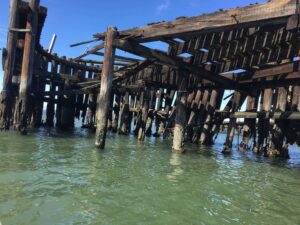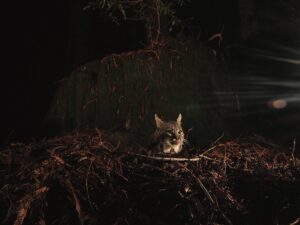Depending on how you look at it, the timing for the launch of the East Contra Costa County Habitat Conservation Plan two years ago either couldn’t have been worse or couldn’t have been better. The habitat conservation plan (HCP), a deal to protect threatened and endangered species while allowing certain kinds of development, depends on funds from developers to buy or restore habitat in exchange for permission to build on land that might harbor sensitive species. When the East County HCP was designed, planners projected revenue of about $10 million a year, but with the recession, the fund is receiving only about $1 million a year from developers. That’s been a challenge, says John Kopchik, executive director of the East Contra Costa Habitat Conservancy, which is in charge of implementing the HCP.
But while the conservancy’s funds from developers are limited, it has been able to secure federal funds, and in the last two years it has used those to help acquire 4,800 acres for the East Bay Regional Park District (EBRPD), including 221-acre Fox Ridge near Brentwood. Before the economy took a nosedive, a five-home development was planned on 20 of the 221 acres. Local nonprofit Save Mount Diablo had secured preservation of the remaining acreage. Now, the entire parcel will be protected.
That’s the flip side of the recession: With fewer speculative buyers and fewer developers looking for mitigation purchases, there’s less upward pressure on land prices. “It’s an exciting time to preserve land, and a good time to go shopping,” says Kopchik. The conservancy, which acts more as facilitator than long-term landholder, has won $28 million in federal grants.
The challenge in spending that $28 million, says Kopchik, is that every dollar must be matched with other funds. So far, EBRPD has been able to contribute from the voter-approved Measure WW bond, and the Gordon and Betty Moore Foundation has filled in large gaps.
Nearly all grant funding is for acquisition, however. The tricky part is finding money for stewardship and management, a challenge for all land managers. “Saving the land is great,” says Kopchik, “but that doesn’t mean it’s protected.”

.jpg)



